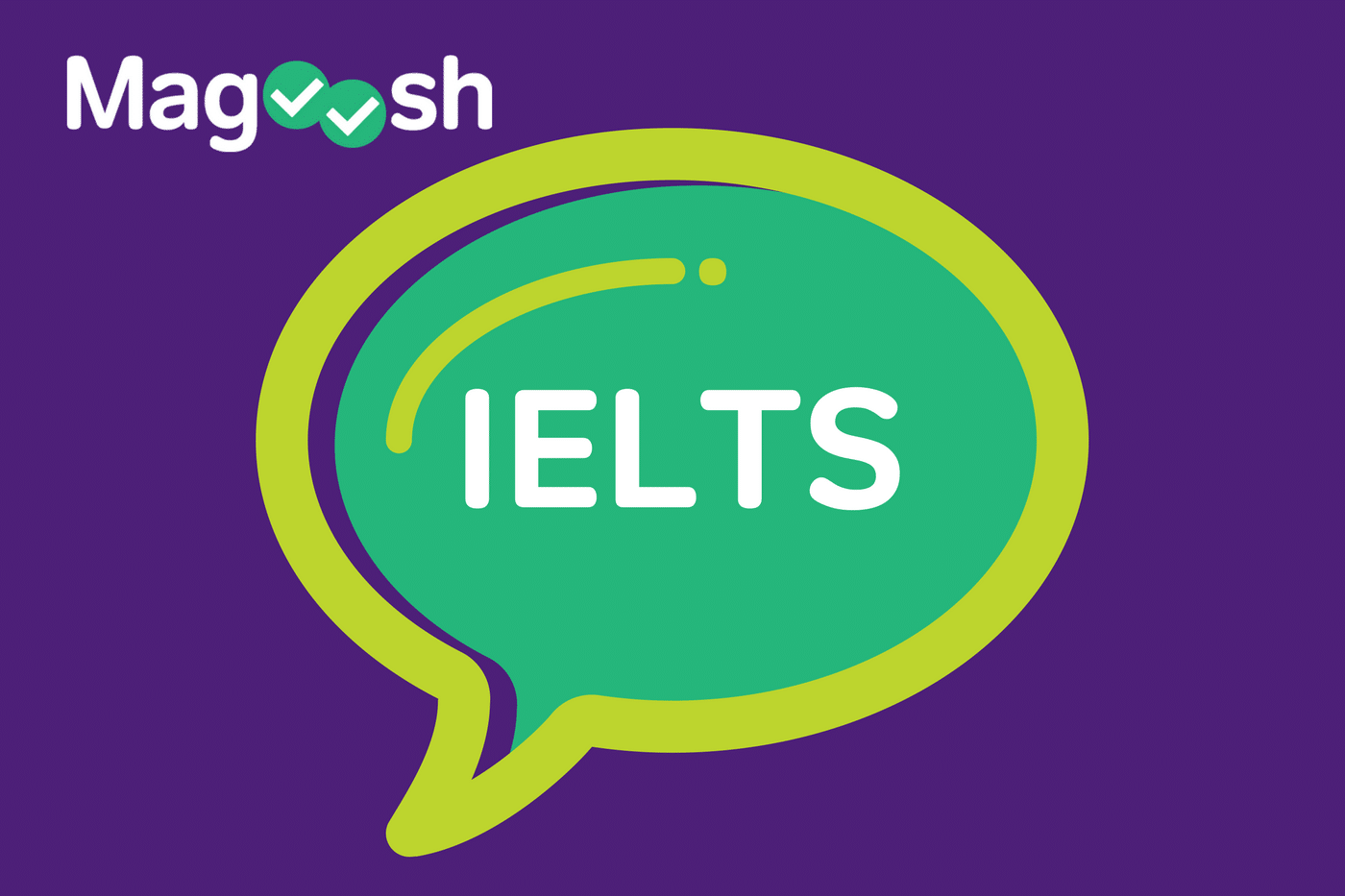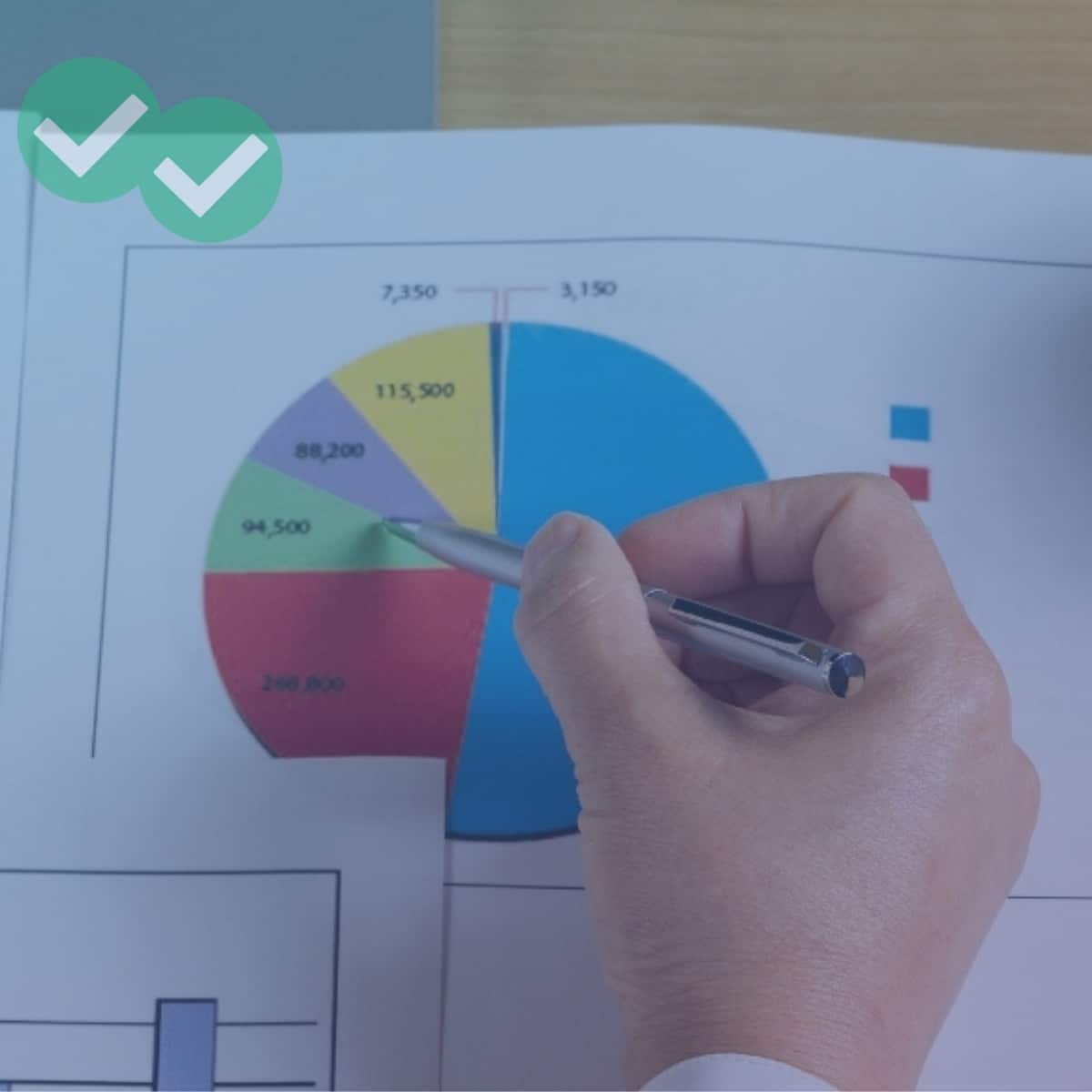
How to Prepare for IELTS Academic Writing Task 2
Listen and subscribe on iTunes or Stitcher. Or listen right here:
In this episode you will learn about how to prepare for the Academic IELTS Writing Task 2. Eliot and Naomi will discuss:
- Organization
- Structure
- Tone
- Example Questions
- Scoring
If you like this lesson, please subscribe on iTunes or Stitcher for more IELTS lessons, and check out all of our IELTS Podcast episodes here!
And don’t forget to check out our other IELTS Academic Writing Task 2 resources!
- IELTS Writing Task 2: Sample Question and Outline
- Sample IELTS Task 2 Essay
- 5 IELTS Writing Task 2 Types
- Improving your IELTS Writing Task 2 Score

IELTS Podcast: Episode 22 Transcript
Translations: (Tiếng Việt)
Naomi: Welcome to the Magoosh IELTS Podcast! This is Episode 22. In this episode, you’re going to learn about IELTS Academic Writing Task 2. We’re going to discuss everything you need to know about this second essay, including organization, structure, tone, example questions, and scoring.
Don’t forget to visit us at IELTS.Magoosh.com for more great resources to improve your IELTS band score. Use coupon code “ieltspodcast” to save 20% off your IELTS test prep!
And now, for the show!
Eliot: Today Naomi and I will discuss IELTS Writing task 2, and talk about some tips and tricks for writing a really good second IELTS essay.
Naomi: Eliot, what would you say is the first thing students should know about this essay?
Eliot: They should know that this is a bigger essay– one that takes more work and time than IELTS Writing Task 1. The IELTS recommends you spend 20 minutes on Writing Task 1, but 40 minutes on Task 2.
Naomi: So most of your IELTS Writing section time should be devoted to the second essay? Why is that?
Eliot: There are a few different reasons, actually. One of the reasons comes down to scoring. Task 2 makes up two-thirds of your writing score. And you’re expected to write more– they need to state an opinion and defend it with examples and details. That’s why there’s a 250 word minimum for the second essay versus the 150 word expectation for that first task.
Naomi: Wow! How can students write all that in just 40 minutes?
Eliot: The key is careful time management for each stage of writing. IELTS Task 2 Essay planning should take 2-10 minutes, then the actual writing should take 25-32 minutes, with 5 minutes left over to go back and proofread.
Naomi: So how exactly should you organize things?
Eliot: In both your outline and your essay, there are a few rules you should follow. Obviously, you’ll want to start with the introduction. Keep that part fairly short. Just restate the topic, and add your thesis. That’s where you state your position and your main points. After that, you can move straight to the body paragraphs. Body paragraph 1 will give supporting details for thesis main point 1….
Naomi: …And body paragraph 2 covers thesis main point 2?
Eliot: You’re getting the idea! Then, after the body, end with a conclusion, where you restate and review the main points. The conclusion should be short and sweet–like the introduction.
Naomi: What about the writing style? Any special words or sentence structures students should use?
Eliot: The writing will be academic–formal. So we want sentences that are complete, and sometimes compound and complex.
Naomi: So there should be sentence variety.
Eliot: Definitely. And you don’t just need sentence variety. Top scoring Task 2 essays also have word variety. Students should avoid using the same words and phrases over and over. Oh, and keep the tone formal and academic.
Naomi: OK, I think I can almost picture what a good outline and essay look like. But how can I know for sure that I’m picturing the right thing?
Eliot: Well, fortunately for you and our students, Magoosh has some sample materials for that. If you go to our Complete Guide to IELTS Writing Task 2, you’ll see a sample question for the second IELTS essay, and a model outline. Our guide has a model IELTS Writing Task 2 essay as well. We’ll put links in the show notes.
Naomi: That’s great. Now that our students know how to outline and write the essay, what else should they know?
Eliot: It’s also a good idea to look at the question types, and the way this essay is scored.
Naomi: Before we look at IELTS Writing Task 2 question types and scoring, let’s hear from Magoosh.
Kevin: Do you want a great IELTS score?
Magoosh can help!
Here’s what you’ll get with Magoosh:
· In-depth video lessons that cover concepts, pitfalls, and shortcuts
· Over 200 practice questions to help you prepare for your exam
· 24/7 email access to a team of remote tutors ready to answer your questions
Are you ready to improve your score and get into your dream program? Great! We’re ready to help you. Visit us at ielts.magoosh.com and use coupon code “podcast” to save 20% off your IELTS test prep.
Now back to the show!
Naomi: So you were saying there are different types of questions? How many different types?
Eliot: Students will be happy to hear that there are just five question types for IELTS Writing Task 2. There are agree-disagree question types, advantage/disadvantage, cause and solution questions, questions where you discuss both sides of an argument, and thematic questions that focus on a special topic.
Naomi: In a lot of these questions, I notice you need to discuss two sides to a debate….
Eliot: Most questions are like that, yes. But there are also “Cause and Solution to a Problem” questions. The students need to propose a solution, but they don’t really have to choose a position in the same way.
Naomi: Interesting! I’ll be honest, though. I’m having a little trouble imagining examples of each type of question. Is there a place I can go to see some actual questions?
Eliot: Yes! This is another place where Magoosh has you covered. Our complete guide to IELTS Writing Task 2 includes examples of each of the 5 IELTS Writing Task 2 question types. Check the show notes for that link.
Naomi: Nice! And the outline and structure you described above–that works for any question type?
Eliot: Sure. Essays can be structured the same way no matter what kind of question you get.
Naomi: That’s a relief. But what about scoring? If you answer a different kind of question, will your essay be scored in a different way?
Eliot: Not to worry, all essays are scored by the exact same standards. But I’m glad you brought that up. It’s really important for students to know exactly how IELTS Writing Task 2 is scored. Knowing the scoring system is a powerful way to aim for the best score.
Naomi: So how does the scoring system work, in a nutshell?
Eliot: Well, you get points in 4 categories: Task Response, Grammatical Range and Accuracy, Lexical Resource, and Coherence and Cohesion.
Naomi: What do these category names really mean?
Eliot: Great question! Let’s start with Task Response. Here, the scorers ask themselves “Did this student fully answer the question”? If you follow the structure we talked about earlier– introduction, body paragraphs, conclusion, you have the best chance of answering the question completely.
Naomi: Got it! I think after task response, you mentioned grammatical range and accuracy? That one’s exactly what it sounds like, isn’t it?
Eliot: Pretty much, yeah. In the Grammatical range and accuracy category, scorers look for the kind of sentence variety we discussed earlier. The grammar of sentences should be varied, and used correctly.
Naomi: OK, and lexical….
Eliot: Lexical resource! “Lexical” means related to words and their meanings. Lexical resource is the use of a good range of vocabulary. It’s the vocabulary variety I mentioned before. With correctly used words, of course!
Naomi: That leaves us with coherence and cohesion….
Eliot: That category is all about your ability to present your ideas logically and clearly. You earn points for laying your your ideas in logical order, with clear connections between the information.
Naomi: And let me guess… I can see more tips and examples for these scoring categories in Magoosh’s Complete Guide to IELTS Writing Task 2, right?
Eliot: That’s right! You can see examples and a lot of extra advice in our Complete Guide to IELTS Writing Task 2. It’s all in the section entitled Improving Your IELTS Writing Task 2 Score (By Scoring Category). Don’t worry, we’ll put links to all of the resources we covered in the show notes.
Naomi: So what did you think? If you need more practice, check out the show notes for a transcript of this episode so that you can follow along and listen again.
Oh and by the way! We’re looking for volunteers to help us translate the show transcripts from English to your first language. If you are interested, please email me at [email protected] with the subject line “translation,” and let me know what language you can translate into!
Thanks for listening! If you like our show, help us out by leaving a rating and review in Apple Podcasts, it helps people find us! And don’t forget to hit the subscribe button. Until next time!
This is Naomi at Magoosh, wishing you happy studying!





